Absent Congressional action, many consumers will see health-coverage costs skyrocket next year, Biden administration officials warned Wednesday.
The American Rescue Plan, signed into law in March 2021, temporarily expanded premium tax credits available to consumers signing up for health coverage through the Affordable Care Act marketplaces. Those expanded tax credits are set to expire at the end of this year, and extending them would require Congressional legislation.
“Time is of the essence,” Chiquita Brooks-LaSure, administrator of the Centers for Medicare and Medicaid Services, said on a call with reporters Wednesday. As this fall’s open enrollment for 2023 marketplace coverage draws near, “we want to make sure that people know the subsidies will be in place,” she said.
A record 14.5 million people signed up for coverage through the marketplaces during the open enrollment period that ended in January. The average monthly 2022 premium for HealthCare.gov enrollees was $111. Without the additional tax credits provided by the American Rescue Plan, that average monthly cost would have been 53% higher, according to the Department of Health and Human Services.
If Congress does not act, more than 10 million people will see their premium tax credits reduced or lose them entirely, according to federal estimates, and about 3 million people could lose their health insurance.
If lawmakers were to act by midsummer, marketplaces and insurers would have time to prepare for the 2023 open enrollment period, which starts in November, according to a recent report from the Urban Institute. The process of setting rates for 2023 plans has already begun.
Congressional action later in the year could generate confusion as people are signing up for 2023 coverage, Brooks-LaSure said. “Of course we will pivot as quickly as we need to,” she said. But if action comes in the middle of open enrollment, it “would be so difficult for people to understand what was happening.”
In addition to boosting premium tax credits for people who were previously eligible for subsidies, the American Rescue Plan expanded eligibility to people who were previously ineligible because their income was greater than 400% of the federal poverty level. An additional 2.8 million consumers received premium tax credits in 2022, compared with 2021, according to federal data.
Without the American Rescue Plan’s enhanced premium tax credits, the average monthly 2022 premium in some states would have been roughly double what it is now. Among states that use the federal marketplace platform, the average 2022 monthly premium in Wyoming would have been 132% higher, according to federal data, while South Dakota average premiums would have been 95% higher.




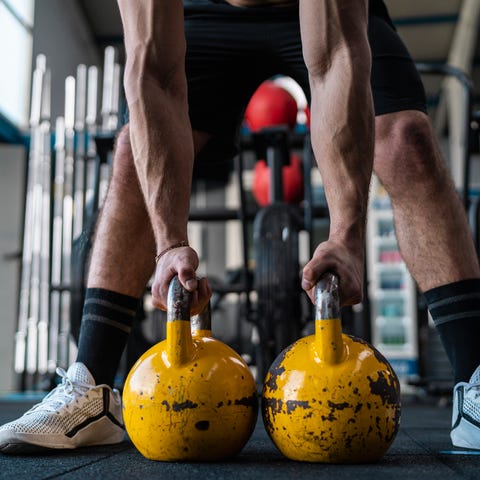
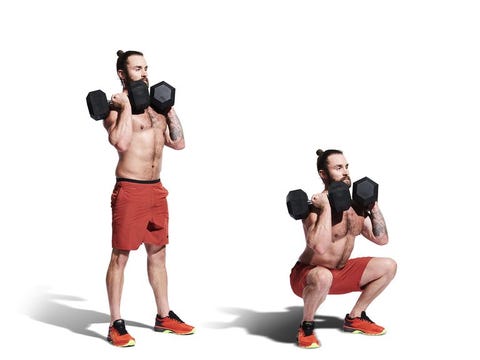

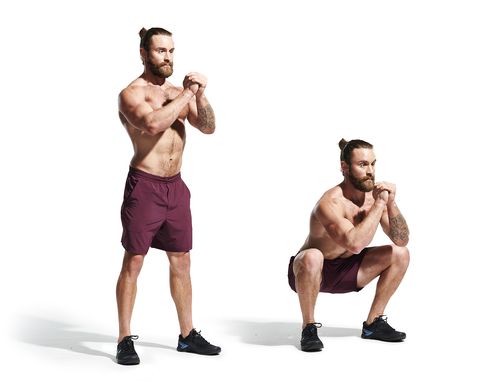
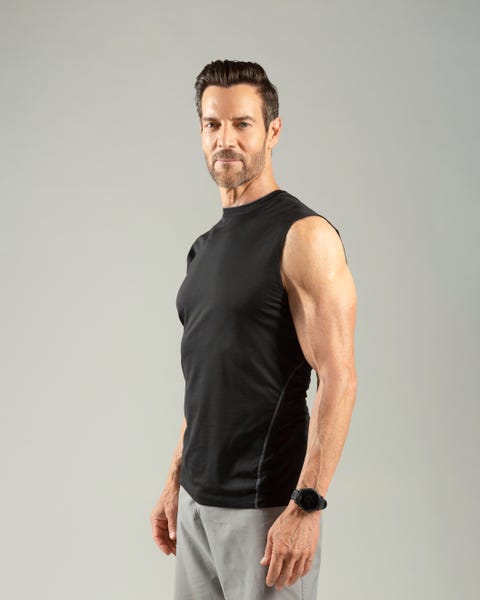
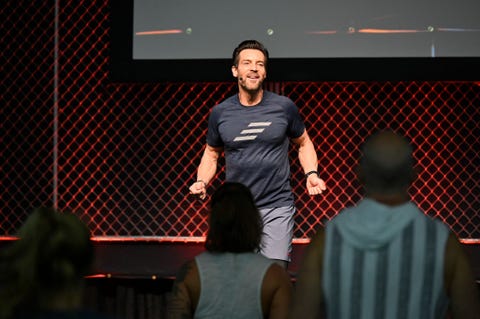
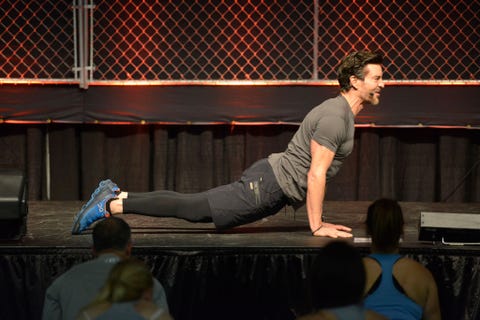


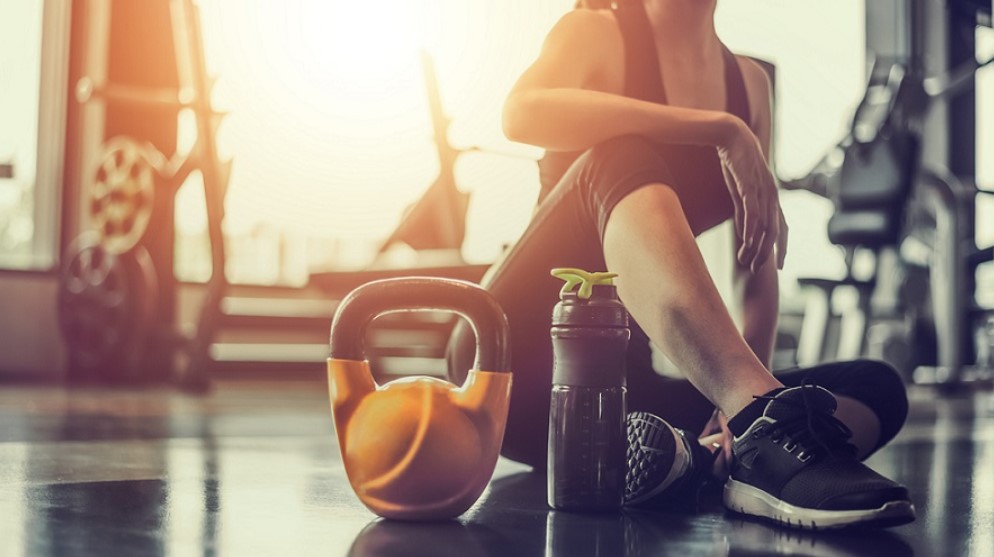

:quality(70)/cloudfront-us-east-1.images.arcpublishing.com/tronc/WZGIWSRHQNAZ5B7LAEQTNUHSSI.JPG)